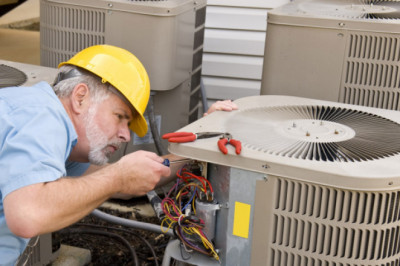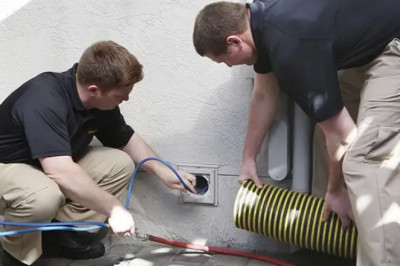views

The global Corda network is a combination of the Corda open source software, network parameters, set of standards, and governance processes. These are typically a set of nodes with a common standard to help them locate to each other for direct transactions.
This network ensures an open ecosystem so that any Corda service can be offered to specific nodes or to all nodes. The set of nodes locates each other with the help of assured identities and direct transactions.
The global Corda network offers a set of standards for Corda nodes just so they can transact seamlessly regardless of who is operating them or what group they belong to. It won't even matter if they run a different application or why they implemented the Corda blockchain platform in the first place.
The open ecosystem of Corda's private blockchain offers tremendous value to businesses or customers. In any case, you can use the platform to run your internal network system or to provide a solution for clients.
This is why the Corda private blockchain comes with a governance system, unlike the Corda software I talked about earlier. Do not confuse the Corda blockchain with the Global Corda network. Corda blockchain is just one part of the global Corda network.
Corda Global Network Business Networks:
The members of the R3 blockchain have already anticipated the result of their Corda blockchain. They think that the companies that will use the Corda blockchain will probably come together to solve any common business problem. That is why they fixed the R3 blockchain development platform deployments with specific business-oriented features along with membership opportunities.
Members of the R3 blockchain refer to these types of networks as business networks. It is a network of companies where they can collaborate on a specific business purpose on the network, but also have the freedom to participate in other business networks and transact with nodes simultaneously.
Everything will be in the same infrastructure. They will not have to develop a new infrastructure for each collaboration.
Obviously, here the members of the R3 blockchain ensured full freedom for businesses. Even though these companies use the commercial network, they will not face any restrictions in creating new contracts or moving assets.
Additionally, Corda blockchain business networks can define their own set of standards based on their needs.
These mainly include privacy levels, business logic, membership criteria, governance, and even the type of asset on the network. You can be a user in different enterprise networks at the same time and even transact within these frameworks transparently.
The sole purpose of the R3 blockchain members in forming this global network is to unify business under common ground. Usually business class, they overlap and compete too much and in the end both have very little success.
But with the help of these enterprise Corda blockchain development networks, they can finally put aside their differences and work together to manage interoperability and node compatibility. Business networks are an important factor in the global Corda ecosystem.
what does the Global Corda Network do:
Specifies the network standards. These parameters will define the consensus configuration, and each node must follow it for global stability and compatibility.
It offers the identity framework, which allows companies to have contracts with real-world companies without any hesitation.
Recommend different consensus. These pools offer transparent, consistent, and resilient consensus execution.
Enables oracles that transmit information over the network.
It supports native digital currency alongside fixed currencies, so users can seamlessly transact.
Offer an open government system. They are the participants of the ecosystem.
The Government System
Although most of the power is in the hands of the users of the private Corda blockchain, there is still some residual governance system in place to maintain various hotspots that each node relies on.
For your business networks, there must be a governance system that the users of that network choose. But even governance systems would have to follow the specifications of the underlying governance architecture.
This means that the corda development platform depends on the interest of the stakeholders and makes it work in a way that meets their needs. For example, if you look at the Bitcoins block, the maximum block size allowed is actually arbitrary with few limits to restrict it.
But all members have to agree on this arbitrary figure to maintain the network. Therefore, if there is no underlying governance system in the network and no other governance to set the configuration, the conflict is obvious.
And why not? It is not possible for everyone to agree on every type of environment or standard within the framework. But the R3 blockchain platform makes sure that everyone follows some standard rules and there is no conflict between the participants.
What Establishes the Governance Model:
When large groups of users and business networks use the network daily to transact assets and other values, just claiming that members of the R3 blockchain will make a profit will not be enough. In order to make sure that the entire number of transactions will not face any problem and that everyone who participates in the network will benefit from it, it must also be operational in a practical aspect.
This is why they maintain the hire Corda blockchain developer for members of the R3 blockchain using the mantra “don't be mean”. The governce model will span many stages, and after careful selection of nodes, it will gain a governing body to help standardize regulation. Generally, Corda blockchain wants to include users as representatives in the network.
In addition, the governing committee would have certain responsibilities, such as updating, managing and defining special parameters, complying with the rules of identity certificates, and providing a common rule foundation for notary teams.












